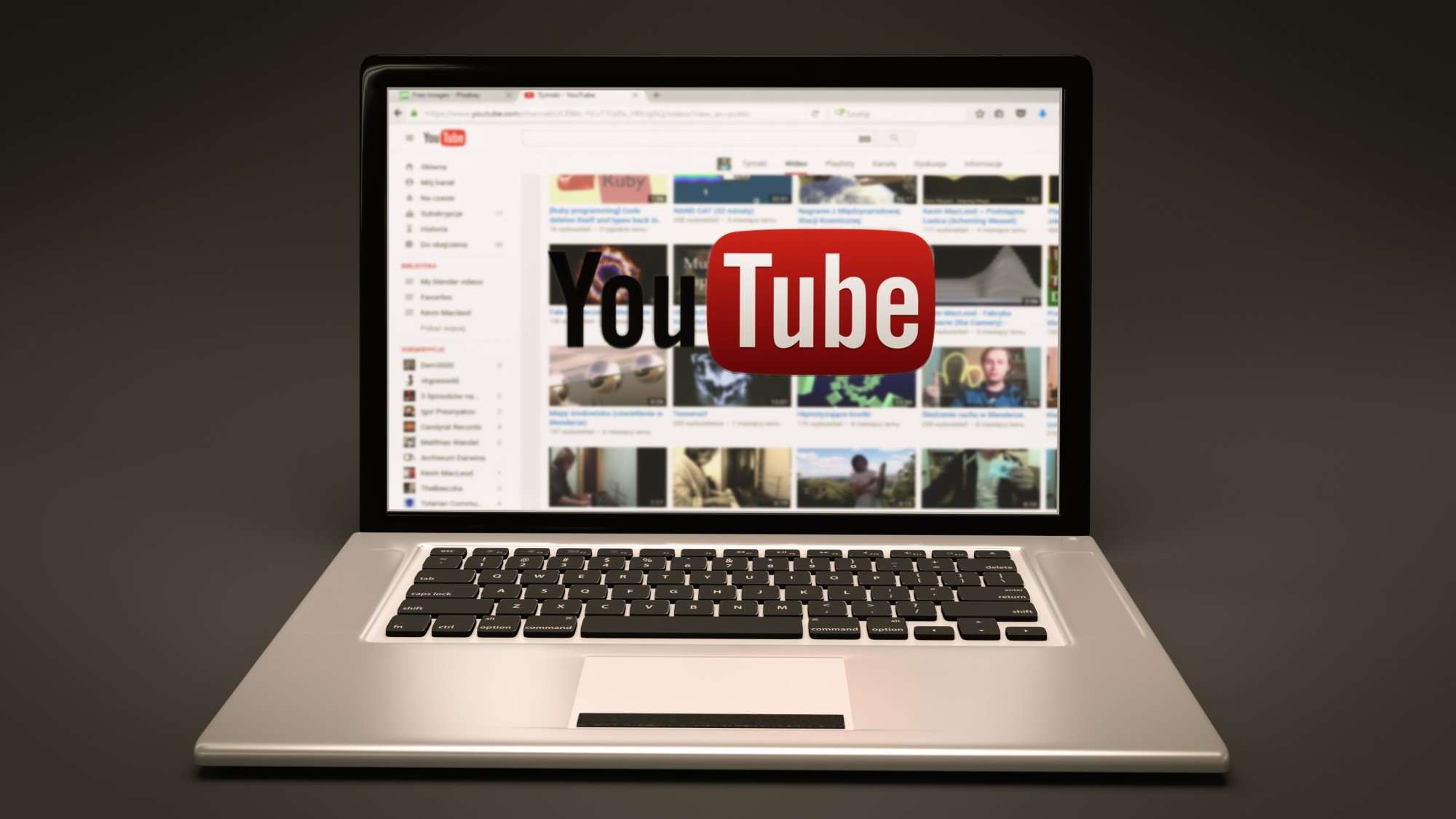There are over 30 different types of video file formats currently in existence. But not all are still in regular use. Support for Adobe Flash player ended in December 2020, so the FLV video file format will be a has-been file type soon enough.
With video technology changing every year, it can be difficult to stay on top of the best video file formats to use. But it’s important to do your research and choose the appropriate format so that you can share and upload your work without any issues.
You want to make sure people can watch your videos in the quality you intended!
The guide will explain all the top video files still in use in 2021. It lists their specifications and in which purposes to use them.
1. MP4
MP4 is an Apple video file format that is technically called MPEG-4, but .mp4 is the file extension so that’s why MP4 is the more common name. It’s a progression of Apple’s QuickTime file format.
Apple created MP4 way back in 2001 to work in low-bandwidth internet connections and for the file size to be as small as possible. So MP4s are compressed more than other file types, which means the quality is good but isn’t the best.
This is not one of the best video files to export your feature-length documentary in!
But it’s an extremely common video file type and will work on the vast majority of media players. This is regardless of whether the players are Apple devices or not. It’s perfect for general social media sharing and slideshow presentations.
2. MOV
MOV is Apple’s main alternative to MP4 video files. It is now Apple’s preferred QuickTime player video file and is much more ideal for movies and professional videos. Canon cameras usually record MOVs.
MOV files can hold video, audio, subtitles, and timecode metadata which is perfect for videographers and editors. However, it is primarily an Apple file type for Apple devices and fewer media players recognize it. Some of the few that do include QuickTime, VLC, and Windows Media Player.
And because MOV videos are generally higher quality and hold more information than an MP4, for example, the file sizes are bigger. If you have a MOV video and need to make the file size smaller, you will need to use a video file converter to compress it.
3. WMV
WMV (which stands for Windows Media Video) is, unsurprisingly, a Microsoft video file format. They created it to rival Apple’s MP4 though it never quite matched the latter’s popularity.
Because it’s built to match an MP4, its benefits include compressed, small file sizes. This is perfect if you want to attach a video to an email or send a video over social media.
However, the quality isn’t the best. And while Microsoft-owned media players will offer WMV playback, but many third-party players don’t. If you want a video file format that is guaranteed to be universally accepted, a WMV file format isn’t the one to choose.
4. AVI
And if WMV was Microsoft’s attempt to dominate the compressed video file format market, then AVI is their attempt to rival Apple’s MOV video file!
Developed way back in the 1990s, AVI is one of the best video file formats available, especially for professionals. It stands for Audio Video Interleave and many Nikon and Olympus cameras record in this file format.
AVI is usually a safer bet than MOV at being compatible with more media players.
However, the uncompressed video file sizes are huge. They are often much bigger than MOVs and can be around 2-3GB.
5. M4V
An M4V is essentially an MP4 with one main difference: security and encryption.
Apple developed the M4V video file format to protect videos bought on iTunes. These videos were encrypted with DRM (Digital Rights Management) FairPlay copy protection. This means they could only be played on devices attached to the owner’s account.
Not every video needs data encryption so it’s not an ideal file format for everyone. However, if you are creating media that will sit behind a paywall (Patreon, audiobook, etc.) then encryption might be necessary.
M4V files play on any media player that accepts MP4s.
M4A is another similar video file type to the MP4. It’s more of a predecessor to the MP4 format as M4A is usually an audio-only file. The audio tends to be better quality than MP3 or WAV.
It’s extremely easy to convert an M4A file to an MP4 as you can just alter the file extension.
6. WebM
Google developed the WebM video file (also goes by the name HTML5) back in 2010. They’re generally compressed, smaller-sized videos designed for website streaming. Google made the WebM file with the future of internet streaming in mind.
So, if you have a video portfolio or a video-heavy website, then using WebM video files means you can display videos without compromising video quality or site speed/loading time.
However, it’s still not a popular choice of video file format. Many website owners still prefer to upload their videos on video streaming platforms like YouTube and Vimeo and embed the videos onto their websites.
Only time will tell if WebM makes a comeback!
7. MKV
Speaking of the future, MKV is supposedly a future-proof video file. The software developer Matroska developed this file back in 2002 to stay updated with the latest codecs.
MKV can handle audio, video, and other multimedia clips and contain them into one single file. It’s perfect if you need to add audio dubbing to a video or extra subtitle options.
It’s not as common as some of the other video file types on this list, but it’s highly adaptable and universally-accepted by most media players.
8. AVCHD
The final video file format on this list is one of the newest and most advanced. AVCHD stands for Advanced Video Coding High Definition and it’s a format Sony and Panasonic developed in 2006.
Because it’s their video file format, most Sony and Panasonic cameras will record in AVCHD. It was originally made for higher-end home video cameras and AVCHD 2.0 even supports 3D footage.
It also has fantastic compression which means smaller video file sizes that keep the same level of quality.
Use the Ideal Video File for Your Creations
Now you know exactly which video file is best suited to your needs! So, you can upload and share your videos with zero tech issues while retaining excellent quality.
Video file formats are always changing and updating. It’s important to check you’re still exporting and encoding your videos in the best format.
Our service offers free document, spreadsheet, image, and archive conversion. If you need tips on how to convert common file types (like videos), check out our blog post here.

